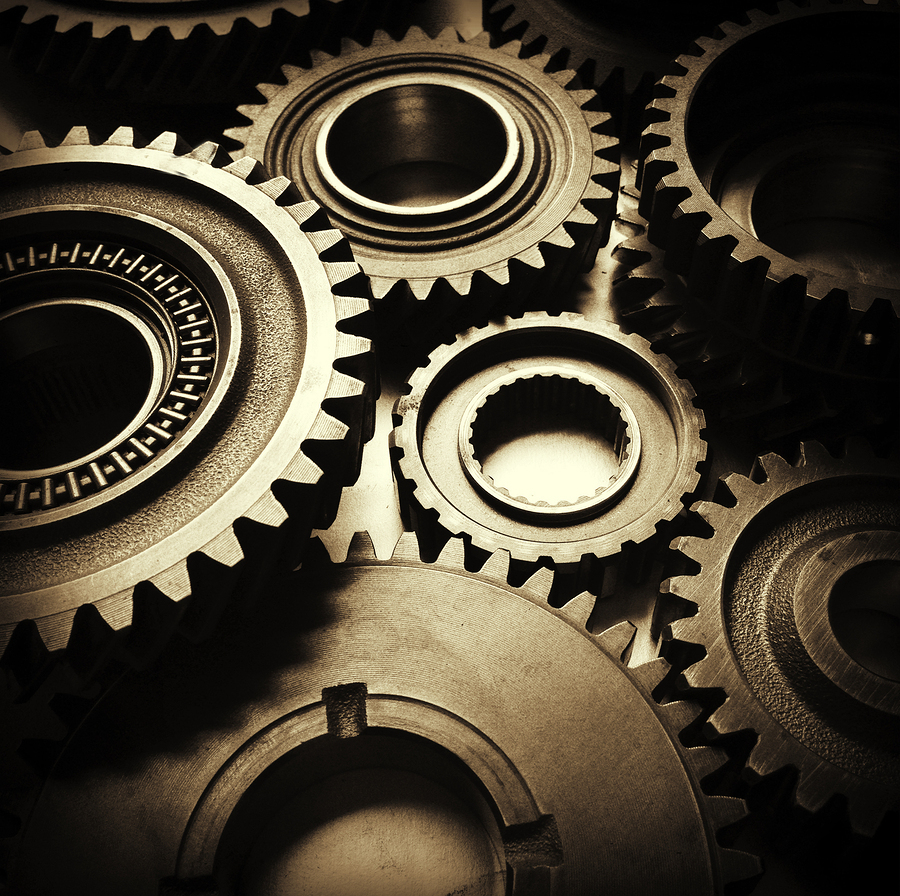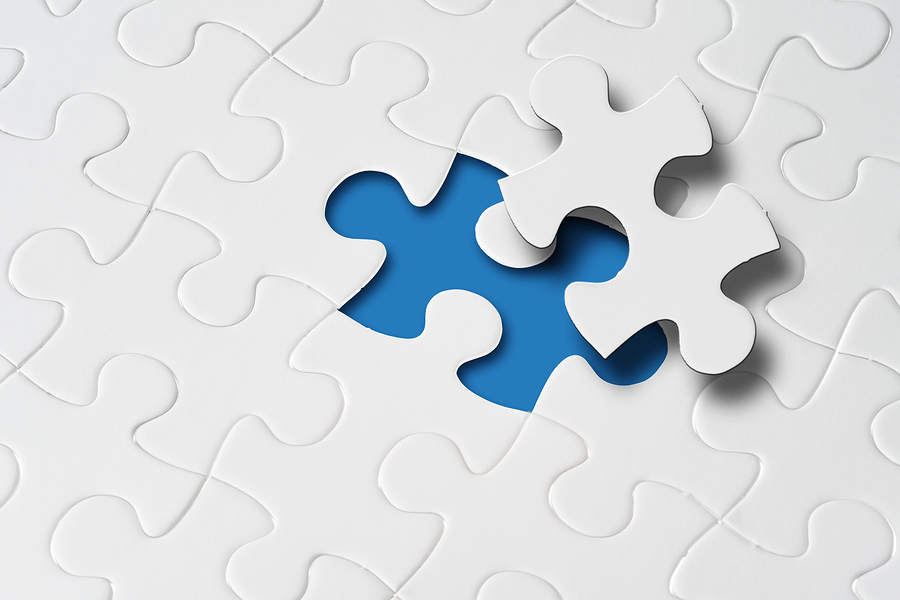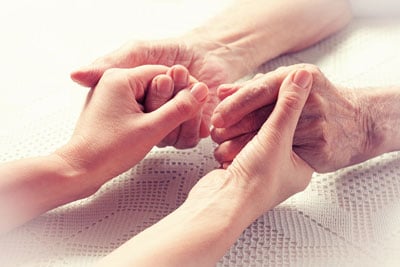The body is a machine full of parts, each with a purpose and each with its own form of maintenance that needs to be done. The heart pumps the blood and carries oxygen. The kidney removes toxins to keep every other organ safe and clean. The stomach breaks down food into energy, but the brain is what makes a person truly unique. The brain makes a person who they are. Keeping each piece of the machine functioning is what keeps a person alive. Keeping the brain functioning is what keeps the soul alive.
Decreased neuroplasticity can be difficult, but by working together,
caregivers and patients can help improve memory and brain function
In an mmLearn.org video, Jerald Winakur, M.D. talks about his experiences as a doctor and a family member relating to memory care. His experiences emphasize the importance of improving neuroplasticity, particularly in a person's older years. For the elderly, this is not easy. It is a frustrating experience to feel that memory and function are not as strong as they once were.
Neuroplasticity
According to Medicine.net, neuroplasticity is defined as "the brain's ability to reorganize itself by forming new neural connections throughout life." As individuals grow older, the brain's neuroplasticity decreases, making it more difficult for the brain to perform optimally.
Luckily, this decrease in function can be reversed. In her paper, The Ageing Brain: Neuroplasticity and Lifelong Learning, Dr. Eleonora Guglielman of the University of Roma Tre, states that "brain ageing is reversible, as neuroplasticity is bidirectional." This means that while the brain can age and neuroplasticity can decrease, with proper training, neuroplasticity can increase despite aging.
In the Physiology of Aging: Beyond Graying Hair, Robert W. Parker, M.D. goes into the different aspects of aging, focusing on what is normal aging. One of the many systems whose function decreases is neuroplasticity.
Keeping the Brain Well Oiled

Training the brain is not unlike keeping the cogs of a machine well-oiled.
This brings about the question of how to fight the effects of aging. In a study done by Christopher Hertzog of the Georgia Institute of Technology, Hertzog found that cognitive training improved cognitive function in older adults, particularly when this training involved thinking and memory. This means that with practice neuroplasticity can improve.
This is of the utmost importance for the elderly. Memory loss can decrease confidence and daily function, but there are simple and easy ways for caregivers to help improve neuroplasticity. One way is brainteasers. Brainteasers vary in form from crosswords, to sudoku, to logic problems. It may take some time to find a good fit, and there may be some frustration, but the added mental benefits of a daily brainteaser far outweigh the initial barriers. Once a good fit is found, brainteasers can help caregivers improve neuroplasticity in patients, plus, they provide a fun game to look forward to each day.
Brainteasers to Help Boost Senior Brain Power

Brainteasers are challenging, yet immensely rewarding.
January is Brainteaser month, so there will be no shortage of puzzles to solve. The information below should help to find the perfect puzzle for both caregiver and patient.
--For the user who wants something new every day
A good place to start is Braingle, the site is not the most user-friendly, but they have a daily brainteaser as well as an index of additional brainteasers users can do. If the user is not in love with the brainteasers, Braingle also offers online scavenger hunts or ciphers which are highly engaging and pose a bit of a challenge as well.
--For the user who likes a mystery
Another great site is puzzles.com. They have a variety of brainteasers from visual and numeral puzzles to more intense logic puzzles. The basic visual ones are a good place to start, working up to the more advanced logic puzzles. These puzzles often come with clues that lead to a final answer so users should enjoy reading and using clues to draw a conclusion. A downside to this site is that they only update once a month, so content may be outdated.
--For the user who wants to track progress, and doesn't mind paying
If these do not pose enough of a challenge, Lumosity tracks progress and has a range of games from the simple to increasingly complex. There is a basic free version for Lumosity, but for those who want access to all of the games there is also a premium version.
Fitbrains by Rosetta Stone is similar to Lumosity in terms of the games they provide. It also has a tracking system which is powerful for investing the user. Unfortunately, Fitbrains has a free trial, but beyond that payment is necessary.
Increasing neuroplasticity sounds like a daunting task, but caregivers can find solace in brainteasers. They are fun and engaging, the perfect way to turn training a brain into a game to enjoy with a patient.
mmlearn.org offers a large library of free videos for caregivers of older adults, covering all topics pertaining to senior care. Whether you are a healthcare professional or a family caregiver, if you are caring for an older adult we know that you will find mmlearn.org an essential learning and guidance tool for all of your caregiver training needs.


